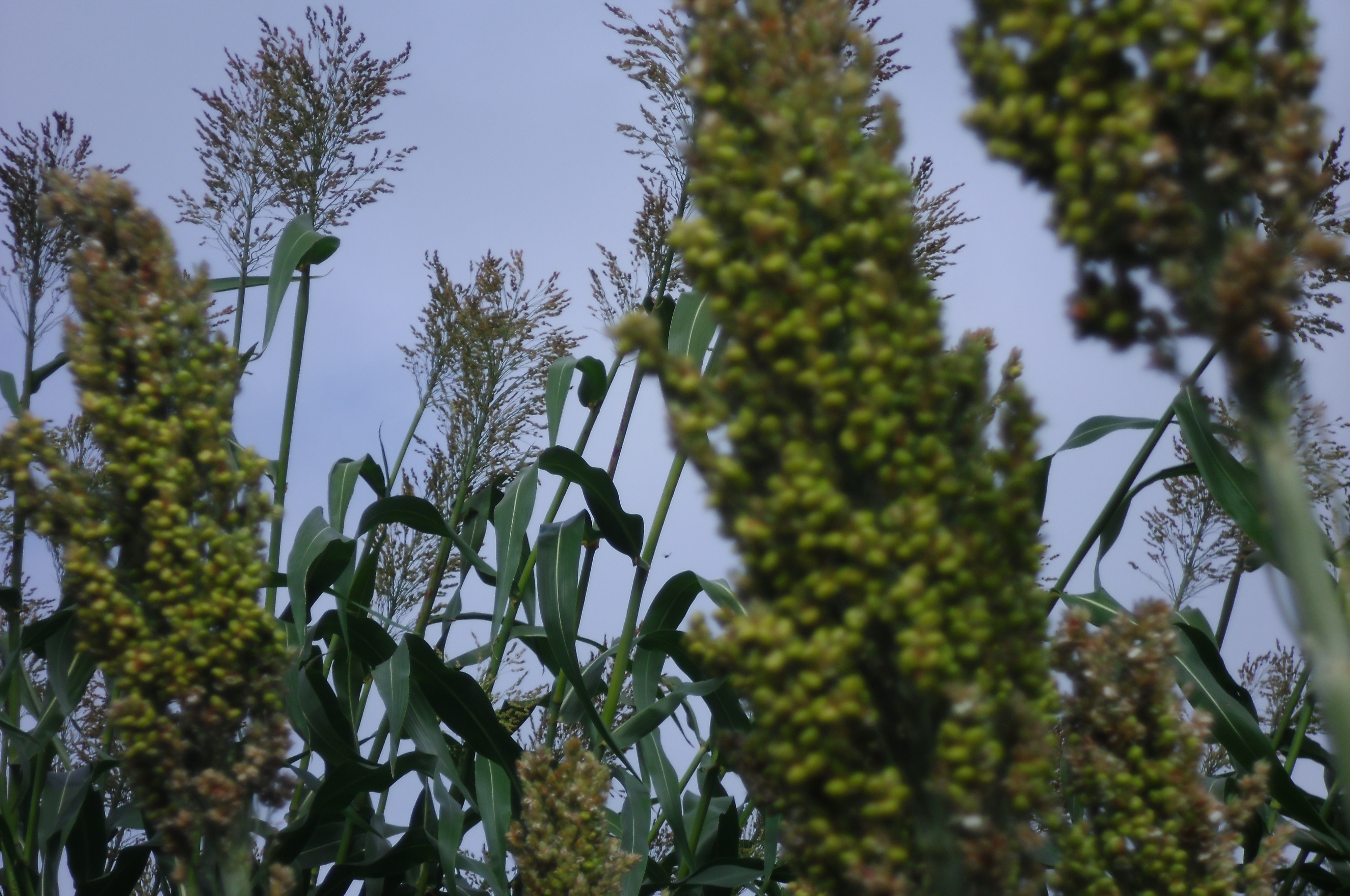In Central Europe there is currently little knowledge about the feed value of millet in cattle feeding. Particularly in agricultural regions, millet is already often used as an alternative to corn due to the corn rootworm problem. However, there is currently little or no information about what benefits can be expected when using millet silage
and how millet silage should be treated in ration programs. In addition to its probable resistance to the corn rootworm, millet is also characterized by its drought tolerance compared to corn, which is why it could become increasingly important in times of increasing global warming. The results of this project should therefore be used in teaching and further training to increasingly point out the advantages and disadvantages of millet as an alternative crop. Previous tests on the feed value of millet have been carried out primarily in regions of the USA with little rainfall, where millet is an interesting alternative to corn due to its drought tolerance. However, studies on millet cultivation in Europe and under the climatic conditions prevailing here have hardly been carried out to date. In practice, there is currently great uncertainty as to which type of millet and which harvest time should be chosen in order to be able to produce optimally preserved feed qualities. It is still unclear to this day how high the digestibility of cobs and remaining plants is compared to corn. By examining these two parts of the plant separately, clarity should be created. The lowest 60 cm of the remaining plant are also analyzed separately in order to obtain information about the optimal cutting height setting for harvesting. Since feed ingredients are a crucial part of ration programs, the results can be a valuable aid for agricultural advice and ration optimization. Based on the results of this project, it will be possible to supply the cattle with millet-containing rations in a performance-oriented and efficient manner.







